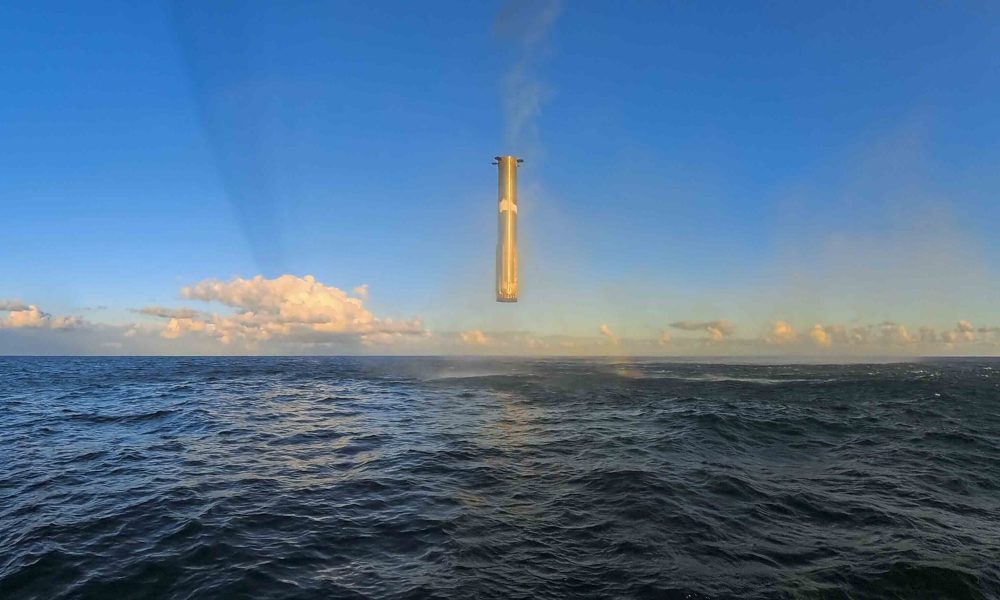AI Generated Insights: Did Supernovae Shape Human Evolution?

What if an exploding star in the cosmos had a hand in shaping human evolution? It sounds like something out of a sci-fi movie, but renowned researcher Francis Thackeray suggests there's a surprising link between ancient supernovae, climate change, and our very existence on this planet.
For years, scientists attributed global cooling millions of years ago to shifts in ocean currents. But Thackeray is shaking things up with a bold hypothesis: the remnants of supernovae, the explosive deaths of massive stars, may have played a key role in Earth's climate shifts that coincided with significant evolutionary milestones.
Thackeray proposes that between 3 million and 2.6 million years ago, the aftermath of these cosmic fireworks could have caused global cooling, indirectly influencing the evolution of early hominins, our ancient relatives. This idea disrupts long-held beliefs, suggesting that while ocean currents had their part, the celestial events might need more consideration in our understanding of climate effects.
Imagine the implications: our own evolution possibly linked to the catastrophic beauty of the universe! Thackeray explains that supernovae, which can be as much as five times the mass of our Sun, create incredible amounts of energy, releasing materials into space that can alter planetary climates. One significant product of these explosions is the isotope Fe-60, a type of iron that has been found in marine deposits here on Earth.
The data collected shows a consistent increase of Fe-60 between 3 million and 2.6 million years ago, a timeline that intersects with major climate events. Thackeray details how, through radiometric dating of deep-sea deposits, it's possible to track these cosmic influences back even further to early glaciation events linked to the onset of cooler temperatures.
But how does this touch our ancient relatives? Thackeray posits that the decreased temperatures during this cooling period may have impacted vegetation, subsequently influencing the survival of animal species that depended on those plants, including the Australopithecus, a genus of early human ancestors.
The earliest Australopithecus fossil, famously known as the “Taung Child,” discovered in South Africa, dates back to around the time when Fe-60 levels peaked. While it's a stretch to say that a supernova directly caused the death of this young hominin, the environmental changes could have certainly played a role in shaping populations.
Looking deeper, Thackeray's hypothesis raises fascinating questions. Could cosmic radiation from supernovae have led to genetic mutations that spurred the evolution of different species? Historically, there’s been a noted correlation between supernova frequency and the emergence of new species over the past 500 million years. It’s not just climate change at play; it might be cosmic events influencing biological diversity itself!
So, as we ponder our place in this vast universe, the idea that cosmic events like supernovae might have directly influenced human evolution adds a mind-bending twist to our narrative. Maybe our ancestors really did have a stellar connection!


















